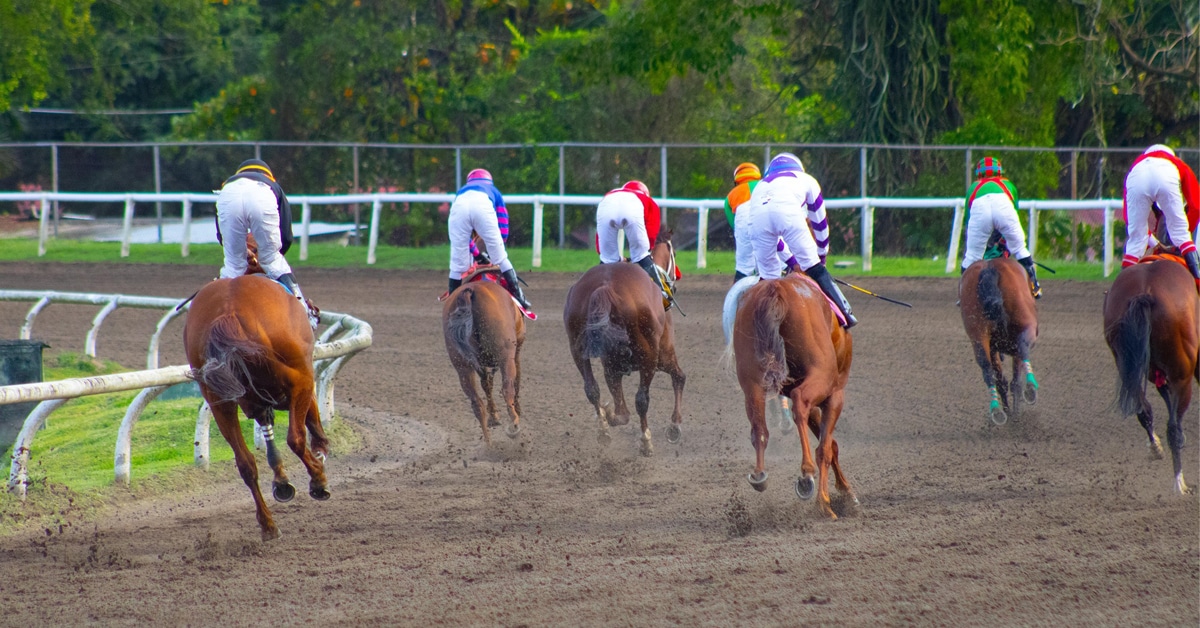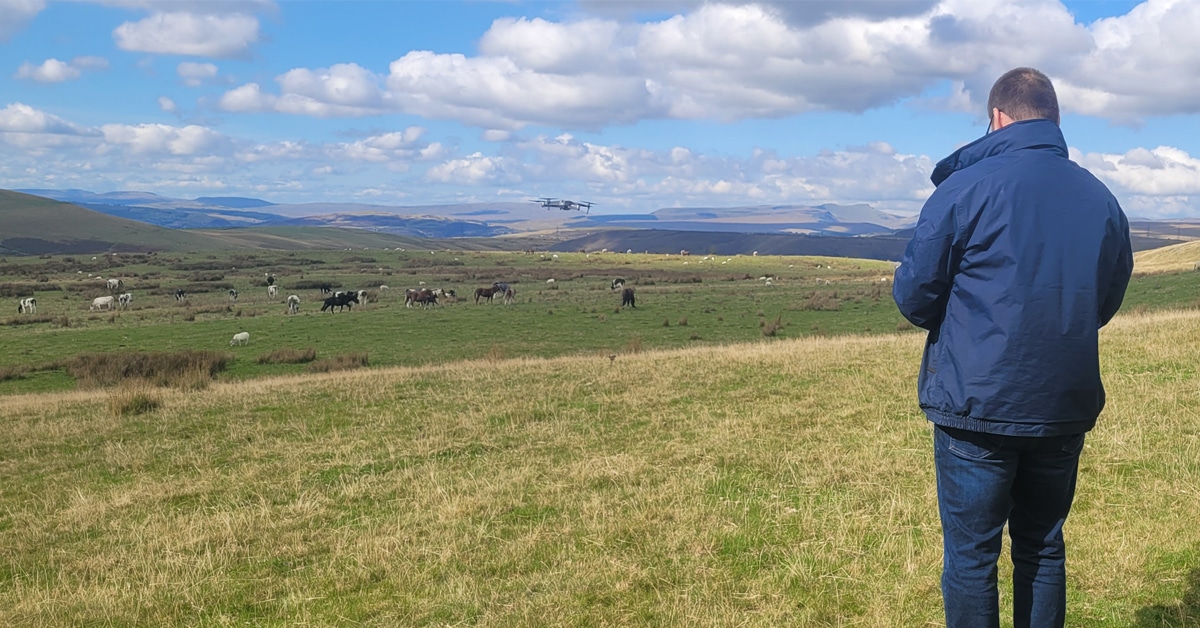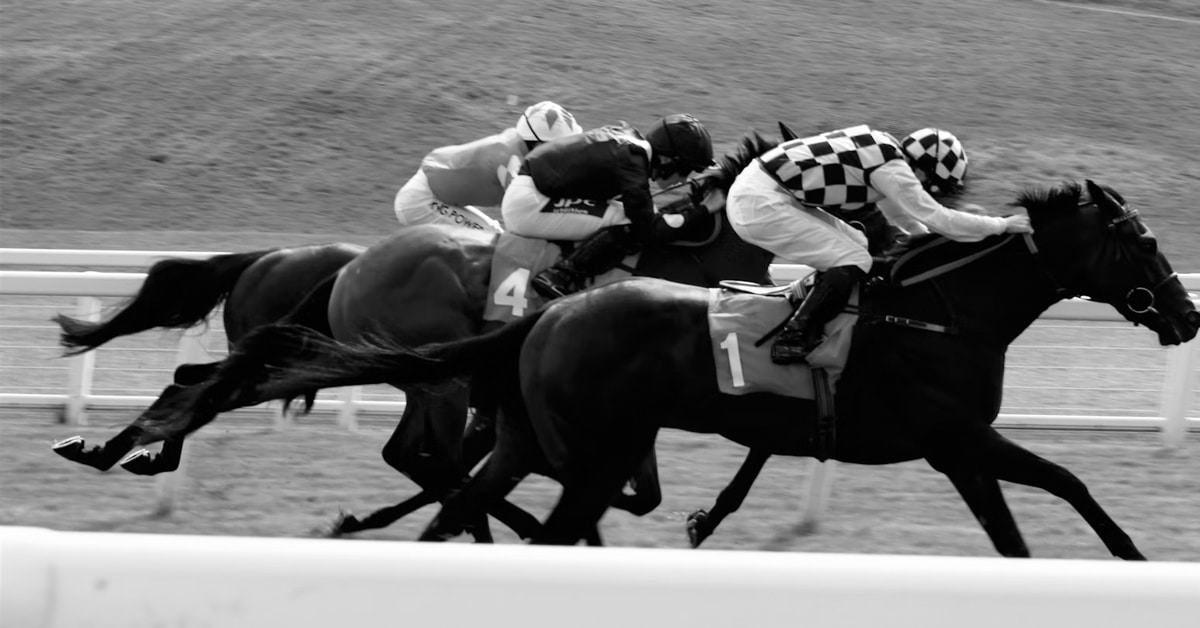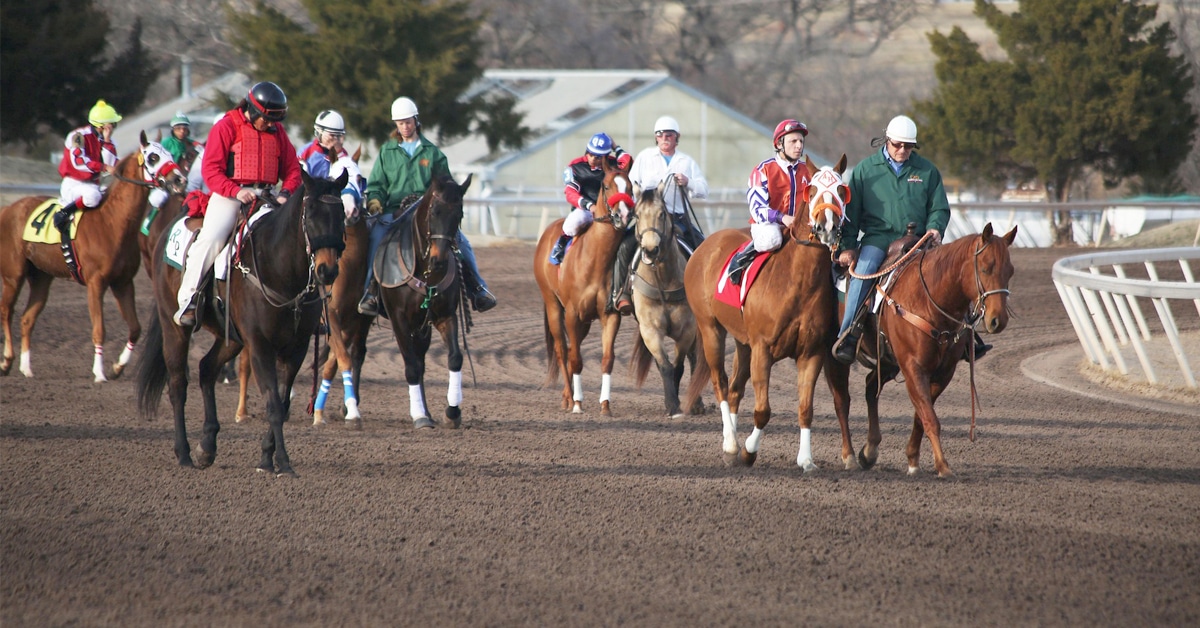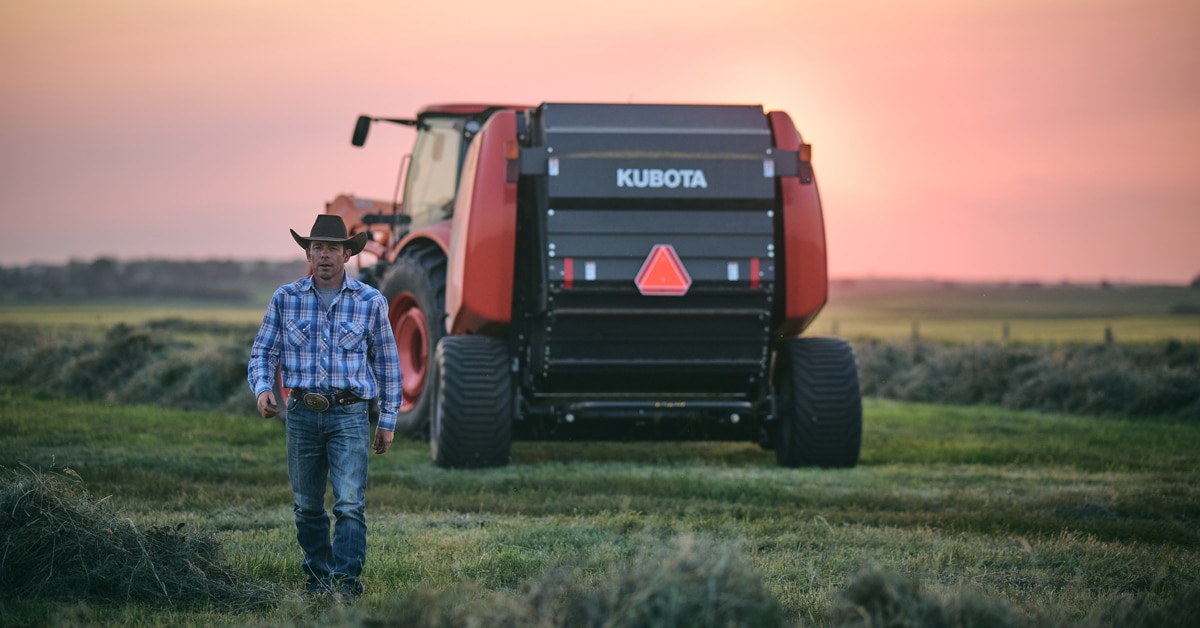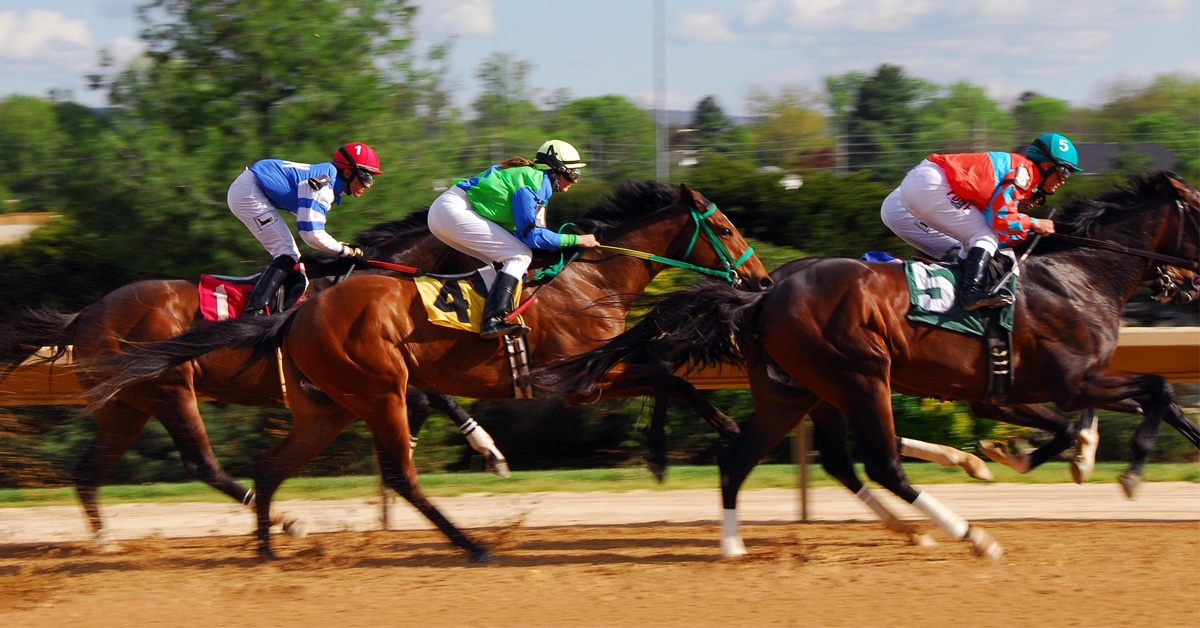Your horse’s back has two very important functions that affect his performance under saddle – the ability to support the rider’s weight and to move driving energy forward from the hindquarters. How well he achieves either of these functions depends upon the spinal posture of his back and the strength of his deep back and abdominal muscles. A less technical, and probably more familiar, description is “putting your horse in a frame” or getting your horse to “frame up.”
The term “frame” refers to your horse’s spinal posture from poll to croup – the shape that’s created by his topline (the spine and muscles along his withers, back and loins) along with the position of his neck and head. The correct posture is a slightly convex arc through the thoracic lumbar area of the spine (the area that supports the saddle and the rider). The ability to lift his back to create this slight arc relies upon a chain of muscles in his neck, back, abdomen and hindquarters.
A good frame is developed by the action of the hind legs reaching further under the body, which requires the abdominal muscles to work harder and the back to lift. The development of stronger back, abdominal and hindquarter muscles, therefore, is created by effective engagement of the hindquarters.
Because your horse’s frame of body also affects his frame of mind, a good frame is just as essential for your horse’s mental health as it is for his physical health. He needs and deserves to be ridden in a frame that enhances his natural movement and improves the strength and suppleness of his muscles.
Types of Frames
There are five different frames that horses may take – four are natural and one is man-made:
- Long and Low – poll lower than withers 2. Level – poll level with withers 3. High-Headed with Lifted Back – on the bit 4. High-Headed with Hollow Back – above the bit 5. Round Poll with Hollow Back – behind the bit
The first four frames are shapes that horses naturally take without any human intervention, with the first three being most beneficial for your horse and for working with him.
The fourth frame, while a natural shape, is a posture that creates stress in the lumbar thoracic area (where the saddle sits) and also creates a flow of adrenaline. Horses use this posture to intimidate other horses, but if they spend a lot of time in this frame, they will make themselves sore. Any frame in which your horse’s back is hollow limits his performance by creating physical and mental stress.
The fifth frame is the only shape that is fully man-made. The nose comes behind the vertical and, in extreme cases, may touch the chest. It is created by using training techniques that focus on the front end or the “head set” of the horse.
Pressure applied from the reins or gadgets such as martingales, side reins or draw reins, to bring the head and neck into the desired position creates what some people see as a beautiful neck position. This position, however, also creates an incorrect and unhealthy posture, with a hollow back, disengaged hindquarters and a stressed, tense dorsal muscle chain (neck extensors, longisimus dorsi, gluteal and hamstring muscles).
This frame is harmful to the horse’s well-being, as it causes both physical and mental stress, as well as resistance and imbalance in the horse. Over time, the physical stress results in deterioration of muscles and stress to joints, which can cause chronic pain and lameness.
Which Frame is Right for Your Horse?
Taking into consideration only the first three frames – Long and Low; Level; and High-Headed with Lifted Back – which one is right for your horse?
The Long and Low frame, which is the natural posture of dozing or grazing, is the initial training frame for starting young horses, re-starting horses after a lay-off and for horses with back problems. This frame should be encouraged in the warm-up, cool down and rest periods of every ride. As the neck lowers (poll lower than withers), the back naturally lifts to level, the muscles in the neck and back are gently stretched and the vertebrae open, allowing unrestricted passage of the spinal cord and nerves, creating a feeling of calm – physically and mentally. If the hindquarters are engaged (reaching well under the body) the weight is lifted off the forehand and the back, supporting the rider’s weight in the saddle.
A horse in the Long and Low frame, while relaxed, is not necessarily focused or able to perform more athletic exercises. As such, the Level frame is the next stage incorporated into the training program, as the horse’s neck, back and core development and conditioning improves. When the horse’s poll is level with his withers, his back is also level, but no longer stretching. This more neutral position lets the horse develop more impulsion, balance and athleticism. Your horse should be able to perform comfortably in all gaits in this frame, through up and down transitions and changes in length of stride (lengthening and shortening).
High-Headed with Lifted Back is the most advanced frame, requiring more strength and suppleness as well as physical and mental maturity. In this frame, the horse’s hind legs are stepping well underneath him, his back is lifted, his poll is higher than his withers, and his nose is at or slightly in front of the vertical. The horse’s frame becomes slightly more compressed than in the previous stages of training. The degree to which this compression is taken depends upon the riding discipline.
The show hunter will have a longer frame with the ability to adjust (lengthen or shorten) his stride according to the distance between jumps. The jumper will have a greater range of adjustment to his stride to be able to jump larger and more complicated obstacles with more speed. The dressage horse needs more collection for the higher level gymnastic and athletic movements.
Developing a Good Frame
It all begins with the walk. A good walk is the most difficult gait to achieve, and the easiest to destroy. It has even, active, rhythmical steps with impulsion, and can only be achieved with supple muscles, a swinging back and flexible joints. If your horse is stressed or has tense muscles, he cannot achieve a good walk.
Encourage your horse to push energetically from his hindquarters stepping well underneath himself. It is important for you to release any tension in your own body – soften from your neck to your seat bones as well as all your joints (shoulders, elbows, wrists, hips, knees, ankles and toes) – while keeping your core engaged, as your horse will mirror what he feels from you.
Maintain a supple, following contact on long reins. If your horse will not go forward into the contact, hollows his back, takes short “sewing machine” steps or rushes into trot, avoid going in straight lines and work him on a 20-metre circle.
Encourage him to bend around your inside leg by following the natural swing of his barrel. Keep your legs gently contacting the barrel and giving a stronger push with your inside leg as the barrel swings out. Ensure the outside leg is soft so that it does not block the movement. The bend helps relax and lower the neck.
At the same time, your seat asks your horse to step forward. Be careful not to tense up the hips or arms as you increase your push. Your hips move in a figure-eight pattern with your horse’s natural movement – dropping side to side with the movement of the barrel and moving forward with the steps of the hind legs. Your arms maintain soft, supple contact allowing your horse to stretch.
If your horse’s walk is choppy or he wants to rush into trot, add a half-halt by taking back your outside shoulder (without pulling back on the rein) as your horse’s outside shoulder comes forward. Repeat the half-halt as necessary, but only on that one beat.
As your horse develops a good, relaxed walk with impulsion, swing and suppleness, you can gradually ask him to come onto the bit by taking shorter contact as you increase his impulsion. When he has developed consistency in the walk, you can begin to ask him for transitions to trot, but only moving up to the trot when he stays level with a lifted back.
Whether you are a pleasure or competitive rider, if you want your horse to remain sound, perform to the best of his ability and enjoy his job, he needs to develop physical strength, suppleness and balanced movement. His emotional state of mind is just as important. Only if he feels relaxed and confident in your partnership with the proper frame of body and of mind can he truly be your willing partner.
The Latest

